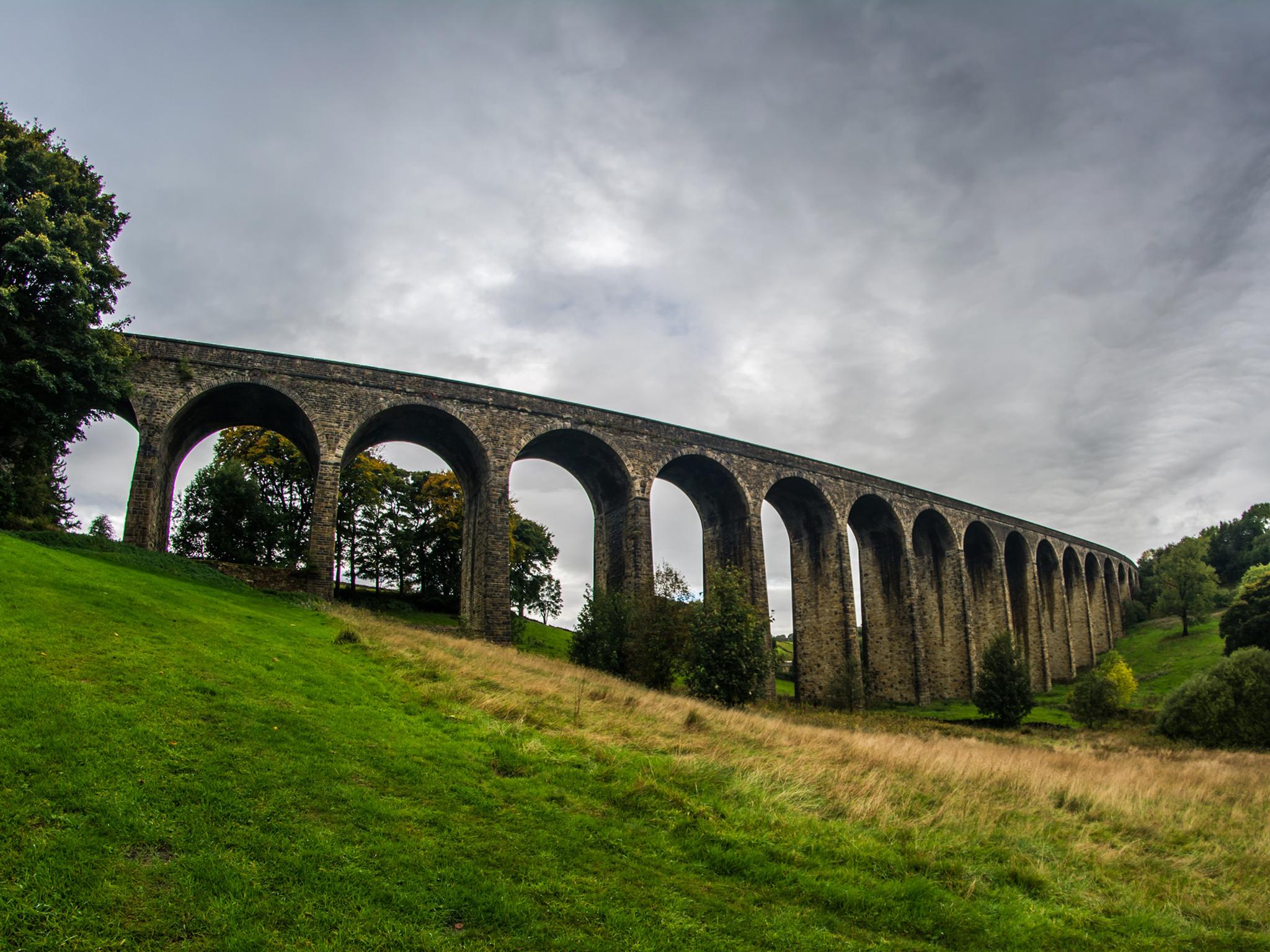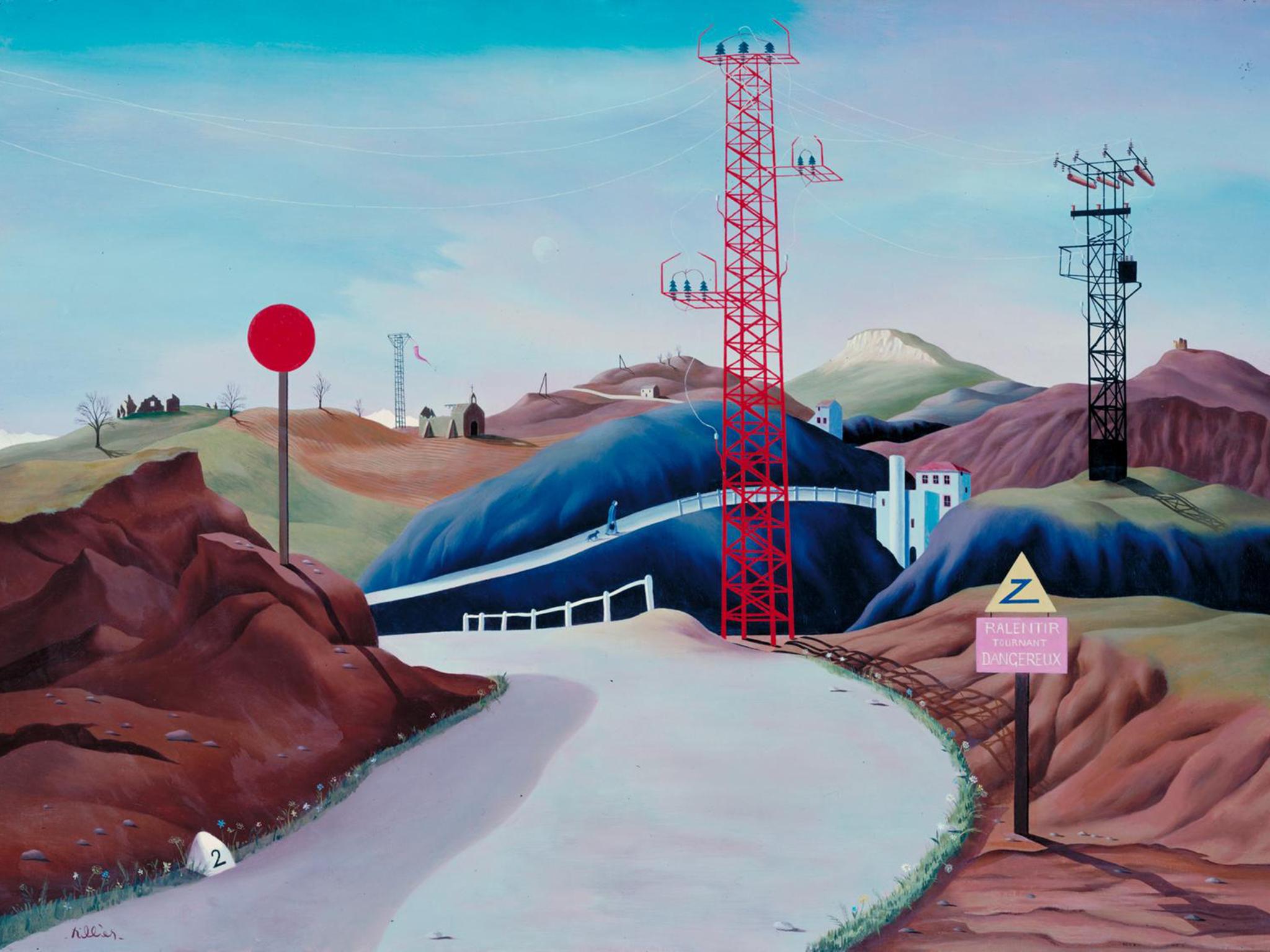How places can influence the mind – and vice versa
Psychogeography – the idea that places can soak up stories and legends – is the subject of a new book, explains David Barnett

Your support helps us to tell the story
From reproductive rights to climate change to Big Tech, The Independent is on the ground when the story is developing. Whether it's investigating the financials of Elon Musk's pro-Trump PAC or producing our latest documentary, 'The A Word', which shines a light on the American women fighting for reproductive rights, we know how important it is to parse out the facts from the messaging.
At such a critical moment in US history, we need reporters on the ground. Your donation allows us to keep sending journalists to speak to both sides of the story.
The Independent is trusted by Americans across the entire political spectrum. And unlike many other quality news outlets, we choose not to lock Americans out of our reporting and analysis with paywalls. We believe quality journalism should be available to everyone, paid for by those who can afford it.
Your support makes all the difference.Not far from where I live there’s a landscape that’s soaked in apocalyptic imagery. Thornton is a wild and sometimes bleak place, on the hills above Bradford, where the Brontë sisters were born before moving to Haworth, the place they’re more usually associated with, six miles away.
Thornton is farmland and scrub, beautiful in the summer sun, foreboding and often impassable in the depths of winter. There’s a place called World’s End View, from where you feel it really is possible to sit out the apocalypse. There are scattered communities with Biblical names… Egypt, Jerusalem, and Jericho, which even had its own monstrous walls in the Victorian era, massive ramparts that edged the road through and held back the mountains of waste from the stone quarries. There’s a chapel that dates back to the 16th century, which is thought to have been one of the birthplaces of the English Dissenting Christianity movement. The land is well known to be the haunt of the Gytrash, a spectral black hound that snuffled its way into Jane Eyre, by Charlotte Brontë, born here 200 years ago.
It’s a place that has soaked up history and stories, legends and folklore, tales that sit and ferment in the unforgiving stone, long outlasting those frail humans who first forged them. It has what we might call psychogeography, an entwining of people and place, where humans influence the land and the land, in turn, makes its indelible mark on generations of people.
And Thornton is by no means alone in having this strong sense of history and myth about it… there will doubtless be a place just like it near where you live, or grew up. And this is what has informed a new book, Spirits of Place, which over the course of a dozen essays looks at the locations where stories are so embedded that they seem to become part of the landscape themselves.
The book is edited by Liverpool-based writer John Reppion, who used the title last year for a one-day event in his native city, at Calderstones Park. The park takes its name from the Neolithic chambered tomb on the site, which is thought to date back to 3,000BC and of which only six stones remain, covered with spiral engravings. The event there was a day of discussion and debate about how such places can transcend their mere physicality and carry with them, over hundreds and even thousands of years, the imprint of human interaction.
“When I was a kid I always associated places with stories, things that had happened to me there or things I had heard about,” says Reppion. “And someone else will have their own experiences, or hear the same stories, and it creates this common human experience.”
Psychogeography is a commonly used term these days, and one of its most well known proponents is the writer Iain Sinclair. Although Cardiff-born, Sinclair is primarily known for his examinations of London and how its history is tied to places. His 2002 book, London Orbital, details his journey on foot around the M25, repositioning that bane of motorists everywhere as an occult bracelet around the capital, hung with the charms of dark deeds and echoes from the distant past.

Sinclair has contributed an essay to Spirits of Place, in which he abandons London for Palermo, Italy, exploring the ghosts that haunt its catacombs. Sinclair was the first person Reppion contacted when, after the Calderstones event, he decided to forge ahead with a book on the subject. But he was adamant that he didn’t want Sinclair to write about London.
“I don’t live in London, I’ve been there maybe 30 times in my life,” says Reppion. “But nine times out of ten, when I read pieces like this, it’s about London.” He pauses, and says, “I’ve nothing against London, or people who write about it, but not everyone lives there. I wanted to broaden out this discussion.”
Sinclair on board, Reppion also recruited another legend of psychogeography, Alan Moore. Once best known for his comic work, including Watchmen and V for Vendetta, Moore has written two novels centred on his native Northampton; 1996’s The Voice of the Fire and last year’s 1,200-page magnum opus, Jerusalem. Moore is also Reppion’s father-in-law, father of the writer Leah Moore, to who Reppion is married. With his editor’s hat on rather than in his son-in-law guise, Reppion asked Moore to step outside his Northampton-based comfort zone, just as he asked Sinclair to ignore London, and the resulting essay, “Coal Memory”, is about the seam of stories and folklore that runs alongside Britain’s buried cache of the black stuff.
Perhaps two obvious choices for the book. As Reppion says, “There were plenty of people I could have asked to contribute, but they were all white British men of a certain age. I’ve nothing against that; I’m one myself. But I wanted this book to have a wider brief and show that this subject is something that’s common to the entire world.”
Thus we have stories from Gazelle Amber Valentine, a nomadic writer who criss-crosses America and Europe, charting its stories of “Appalachian hillsides with lapsed or hidden mines…abandoned Soviet Olympic training centres in Poland…Albanian dirt tracks built for Roman chariots”. Tales of the Philippines’ colonial influences and dark atrocities from Kristine Ong Muslim. Reports of devils in Sri Lanka from Vajra Chandrasekera.
These are not ghost stories, not in the usual sense. They are a secret history of places we either know well or have never visited, off-the-beaten-track guides to the things that only happen because the stories people have told of them endure and remain, forever stitched into the buildings and natural landscape.
And it doesn’t have to be ancient history that resonates with places. Warren Ellis’s essay in the book, “A Compendium of Tides”, marks how his home on the Thames Estuary has been shaped by the sinking of ships full of bombs, by secret, sealed military test sites, by abandoned sea forts.
“Something I find fascinating is how the stories exist independently of the people,” says Reppion. “I can walk along to a place I know where something happened a long time ago, and know I’m in the right place. Then I walk on, and someone I don’t know comes behind me, and stops at the same place, and they know the story too.”

An illustration of that does involve actual ghosts. Some years back, Reppion was writing a book about the tales of ghosts that were said to haunt Liverpool. He received two stories from people who didn’t know each other, who both swore they had seen a ghostly Cavalier in a village on Merseyside… one that the history books said the Civil War had never touched. Then he chanced upon one amateur local history pamphlet, which had the only record of an incident barely worth mentioning in the official histories – a troop of Cavaliers had literally passed through the village, raiding it as they did so, and moved on.
“That was my light bulb moment, I suppose,” he says. “That’s what got me thinking about how places can store up these stories. The Romans called it genius loci – actual spirits of place. These days it’s taken to mean how a place can sort of have a personality, how stories and events are not just linked to a place but also influence and colour how people think about them.”
*Spirits of Place, edited by John Reppion, is out now from Daily Grail Publishing
Join our commenting forum
Join thought-provoking conversations, follow other Independent readers and see their replies
Comments